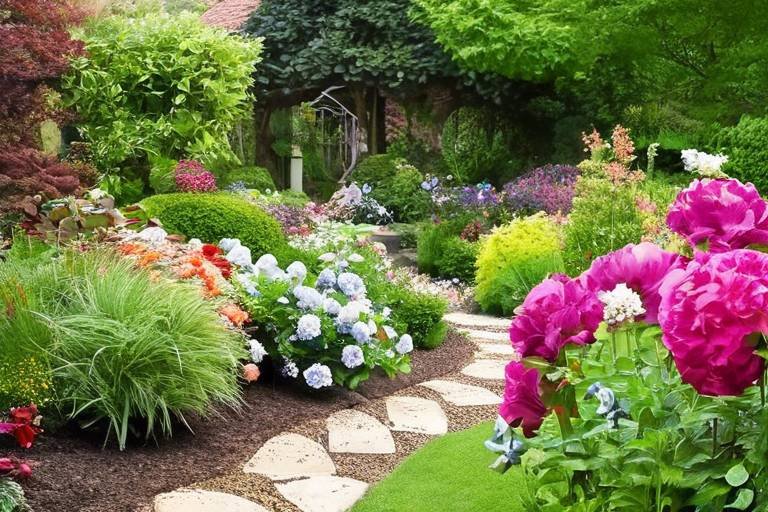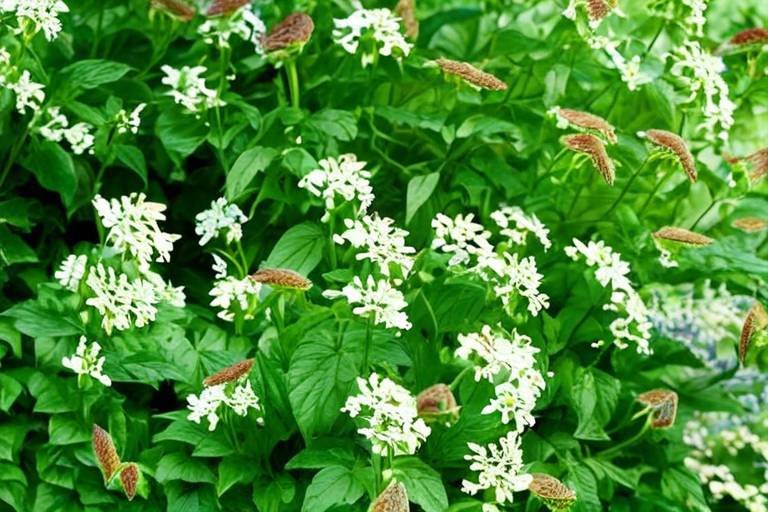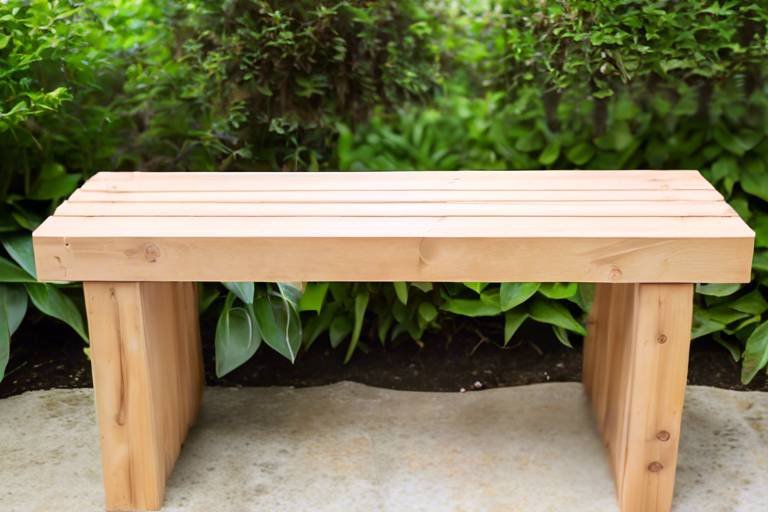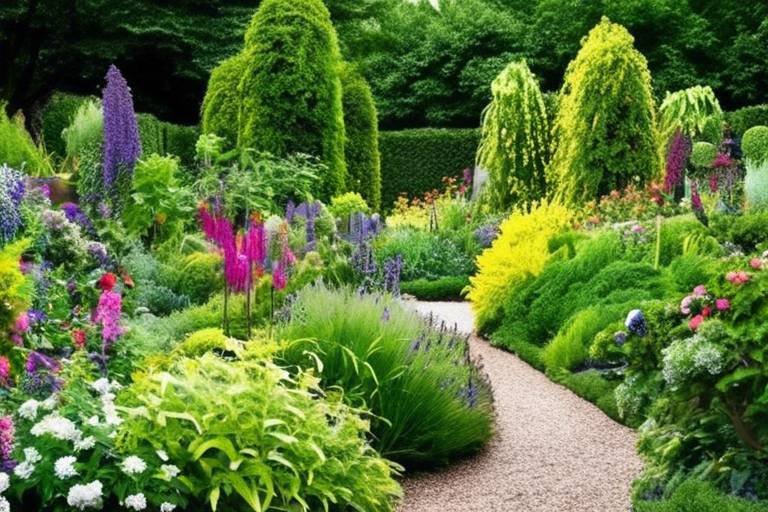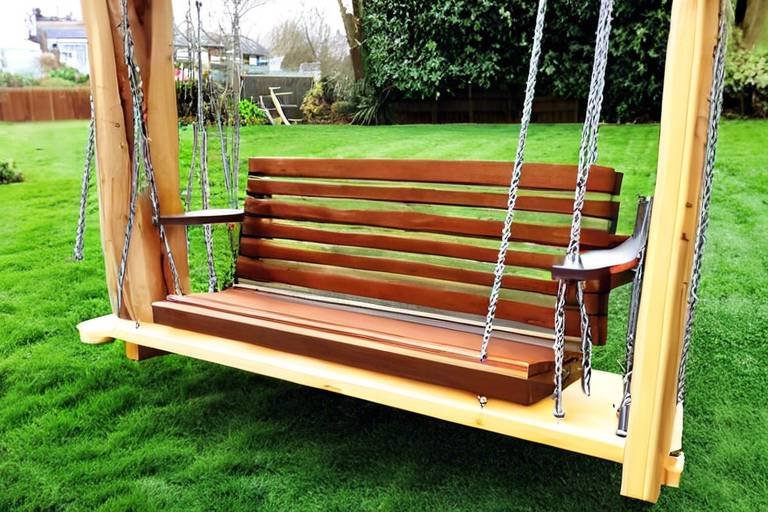How to Create a Scented Garden for Relaxation
Creating a scented garden can be a delightful journey into the world of fragrances and relaxation. Imagine stepping into your outdoor oasis and being greeted by a symphony of scents that instantly soothe your senses. The process of designing a scented garden involves careful selection of plants, thoughtful layout planning, and consistent maintenance to ensure a fragrant and tranquil space.
When embarking on the creation of a scented garden, the first step is to choose the right plants that will contribute to the overall sensory experience. Fragrant flowers like roses, lavender, and jasmine can fill the air with their sweet aromas, while herbs such as mint, rosemary, and thyme add a fresh and invigorating scent. Combining different plants with complementary fragrances can create a harmonious blend that tantalizes the senses.
Designing your scented garden is where your creativity can truly shine. Consider incorporating elements like winding pathways lined with fragrant herbs, a cozy seating area surrounded by blooming flowers, or a focal point like a bubbling fountain that adds both visual and auditory appeal. The layout of your garden should invite exploration and provide various spots for relaxation and contemplation.
To enhance the relaxing atmosphere of your scented garden, think about adding features that appeal to all senses. Soft lighting can create a magical ambiance in the evenings, while the gentle sound of a water feature can create a calming backdrop. Comfortable seating areas invite you to unwind and enjoy the beauty and scents of your garden.
Maintaining a scented garden requires regular care to ensure that it remains a fragrant retreat. Proper watering, pruning, and fertilizing are essential tasks to keep your plants healthy and thriving. Additionally, staying vigilant against pests and diseases will help preserve the beauty and fragrance of your garden.
For those looking to add a personal touch to their scented garden, DIY projects can be a fun and rewarding endeavor. Creating herbal sachets filled with dried lavender or rose petals, crafting your own potpourri blends, or making scented candles using essential oils can all enhance the sensory experience of your garden.
As you journey through the seasons with your scented garden, remember to adjust your care routine accordingly. Different plants may require specific care during various times of the year, and being attuned to these seasonal needs will help your garden thrive year-round. With proper care and attention, your scented garden can continue to be a source of relaxation and joy.
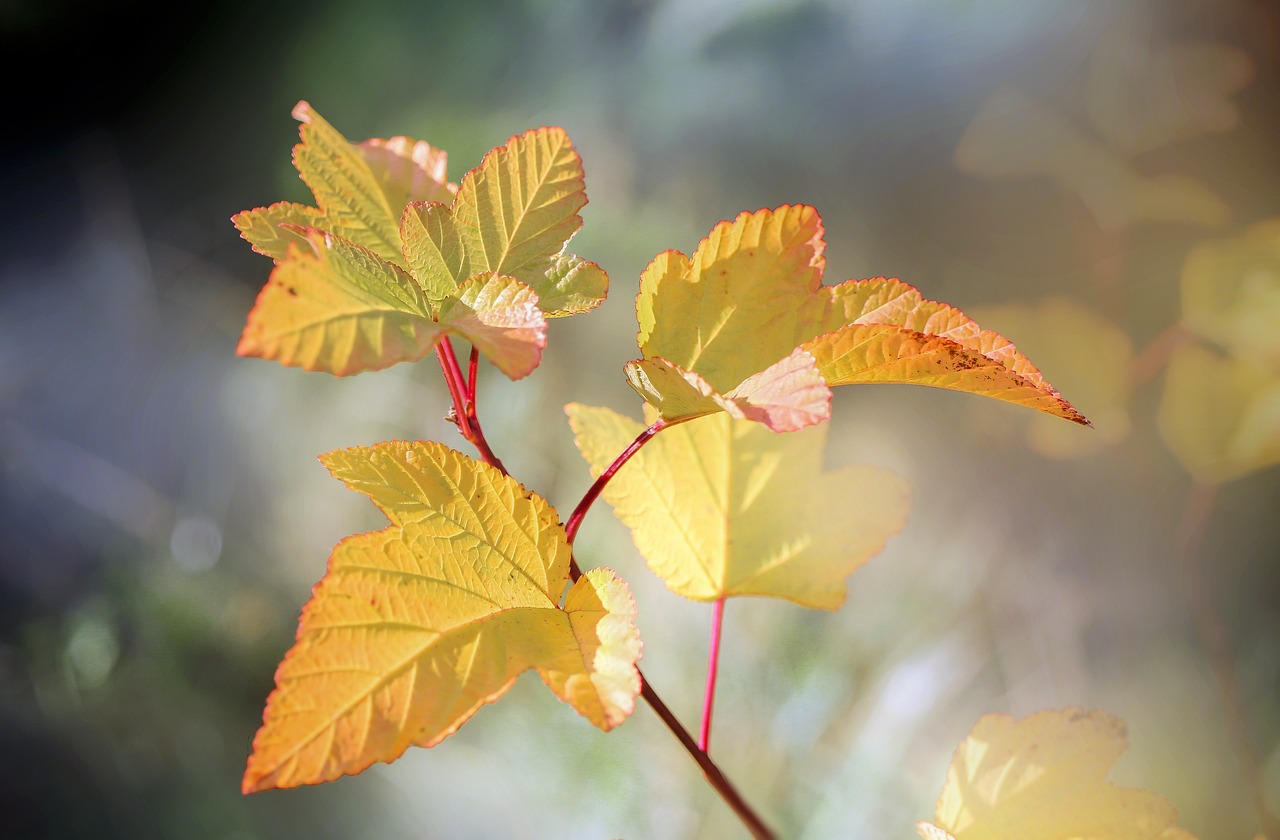
Benefits of Scented Gardens
Scented gardens offer a plethora of benefits beyond just their pleasant aromas. The power of scents in a garden extends to improving overall well-being and creating a calming atmosphere. Imagine being surrounded by a symphony of fragrances that can reduce stress, anxiety, and even uplift your mood. The therapeutic effects of scented gardens go beyond the olfactory sense, reaching deep into our mental and emotional realms.
Research has shown that certain scents have the ability to trigger positive emotions and memories, leading to a sense of relaxation and tranquility. The benefits of a scented garden are not only limited to the individual but can also extend to the surrounding environment, attracting beneficial insects and wildlife while creating a harmonious ecosystem. It's like creating a little paradise right in your backyard, where every breath you take is a step towards rejuvenation.
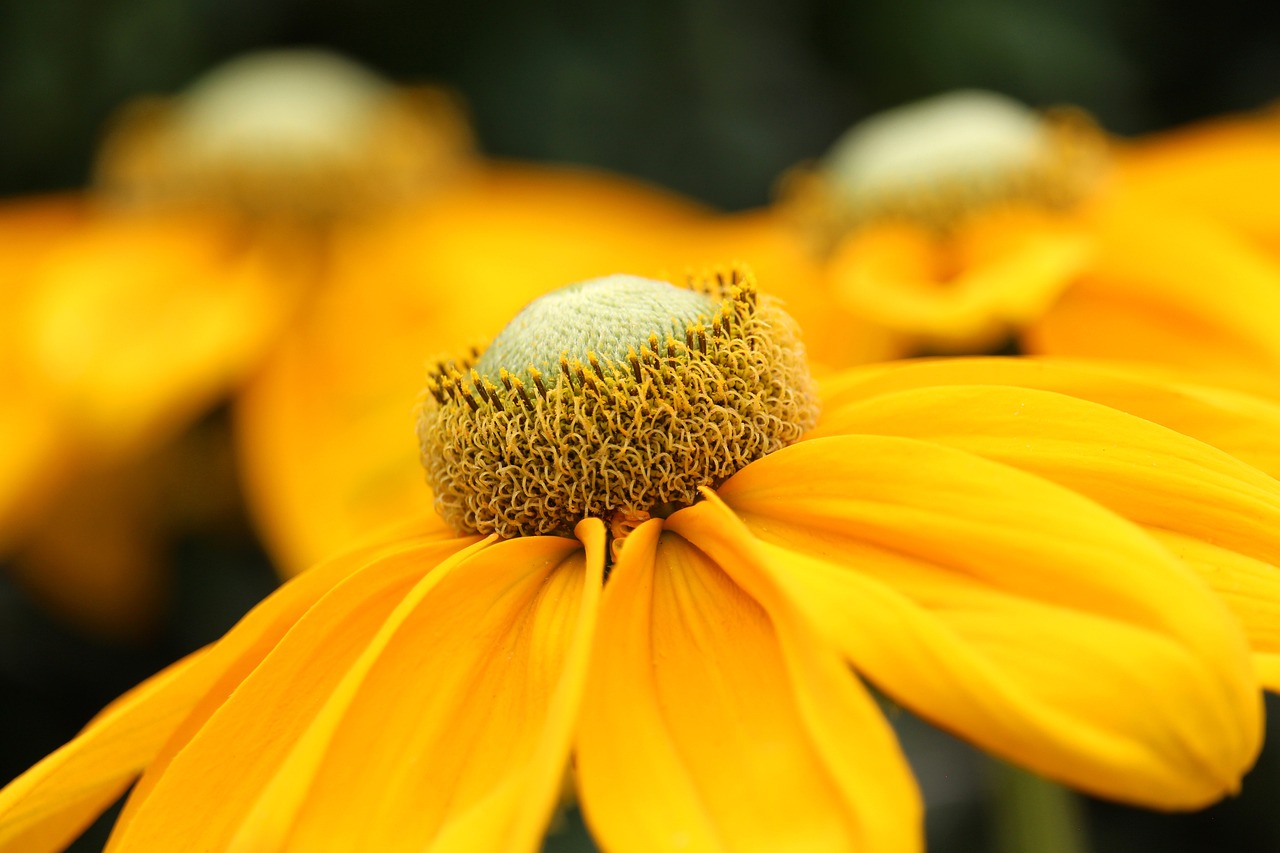
Choosing the Right Plants
When it comes to creating a scented garden, choosing the right plants is crucial for achieving a harmonious and delightful sensory experience. Selecting a variety of plants with different scents and blooming times can ensure that your garden remains fragrant throughout the year. Consider incorporating a mix of fragrant flowers, herbs, and shrubs to create a diverse and appealing aroma palette.
One approach to selecting plants for your scented garden is to choose species that bloom at different times of the year. This way, you can enjoy a continuous display of colors and scents as the seasons change. For example, early bloomers like lilacs and hyacinths can kick off the spring season with their sweet fragrances, while summer favorites like lavender and roses can fill the air with their delightful scents.
Additionally, consider the size and growth habits of the plants you select to ensure they complement each other and fit well within your garden space. Taller plants can provide a vertical element and create visual interest, while ground cover plants can add texture and fill in gaps between larger specimens.
When choosing plants for your scented garden, think about the overall aesthetic you want to achieve. Do you prefer a cottage garden style with an abundance of flowers, or a more structured design with neatly trimmed shrubs? By selecting plants that align with your vision, you can create a cohesive and visually appealing garden that delights all the senses.
Remember to consider the specific needs of each plant, such as sunlight requirements, soil conditions, and water preferences. Properly caring for your plants will not only ensure their health and vitality but also contribute to the overall fragrance and beauty of your scented garden.
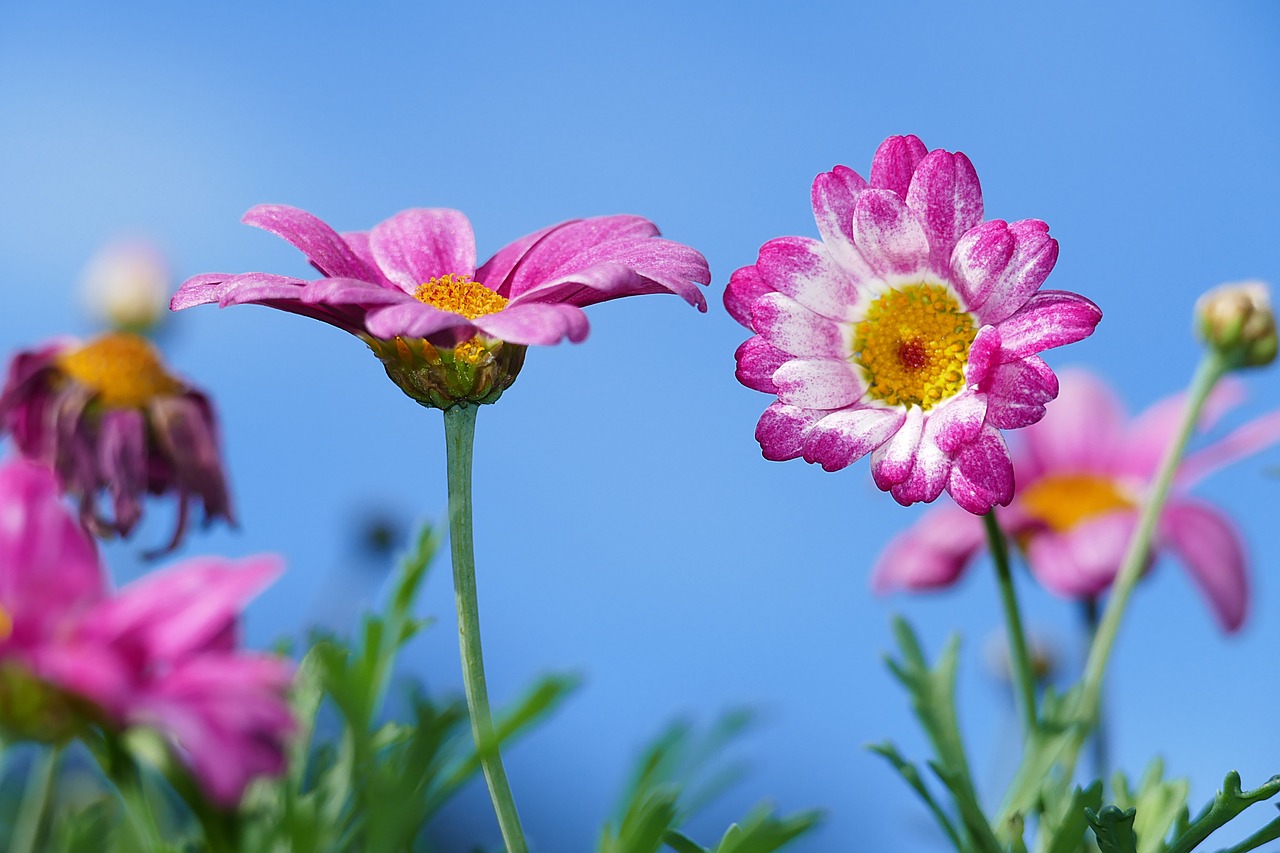
Designing Your Scented Garden
Designing a scented garden is a creative and rewarding process that allows you to craft a sensory oasis right in your outdoor space. Just like an artist carefully selects colors for a masterpiece, choosing the right layout, plants, and elements for your scented garden is crucial in creating a harmonious and relaxing atmosphere.
When designing your scented garden, consider the overall ambiance you want to achieve. Think about how different scents can complement each other and create a delightful sensory experience. It's like composing a symphony where each plant plays a unique role in the harmony of your garden.
One effective way to design your scented garden is to create different zones or areas based on scent categories. For example, you can have a section dedicated to floral scents, another for herbal fragrances, and a separate area for woody or spicy aromas. This zoning not only adds visual interest but also allows you to experience a variety of scents as you move through the garden.
Consider incorporating focal points like a fragrant flower bed, a herb garden, or a scented pathway lined with lavender or rosemary. These focal points not only add visual appeal but also intensify the sensory experience, drawing you in and enveloping you in a cocoon of relaxation.
Don't forget to think about color schemes when designing your scented garden. Just like an artist uses different hues to create a mood in a painting, selecting plants with varying colors can enhance the visual appeal of your garden. You can create a calming and serene atmosphere with pastel tones or opt for vibrant colors for a more energizing feel.
Lastly, don't be afraid to experiment and let your creativity flow when designing your scented garden. It's like sculpting a masterpiece where each plant, element, and design choice contributes to the overall beauty and tranquility of your outdoor sanctuary.
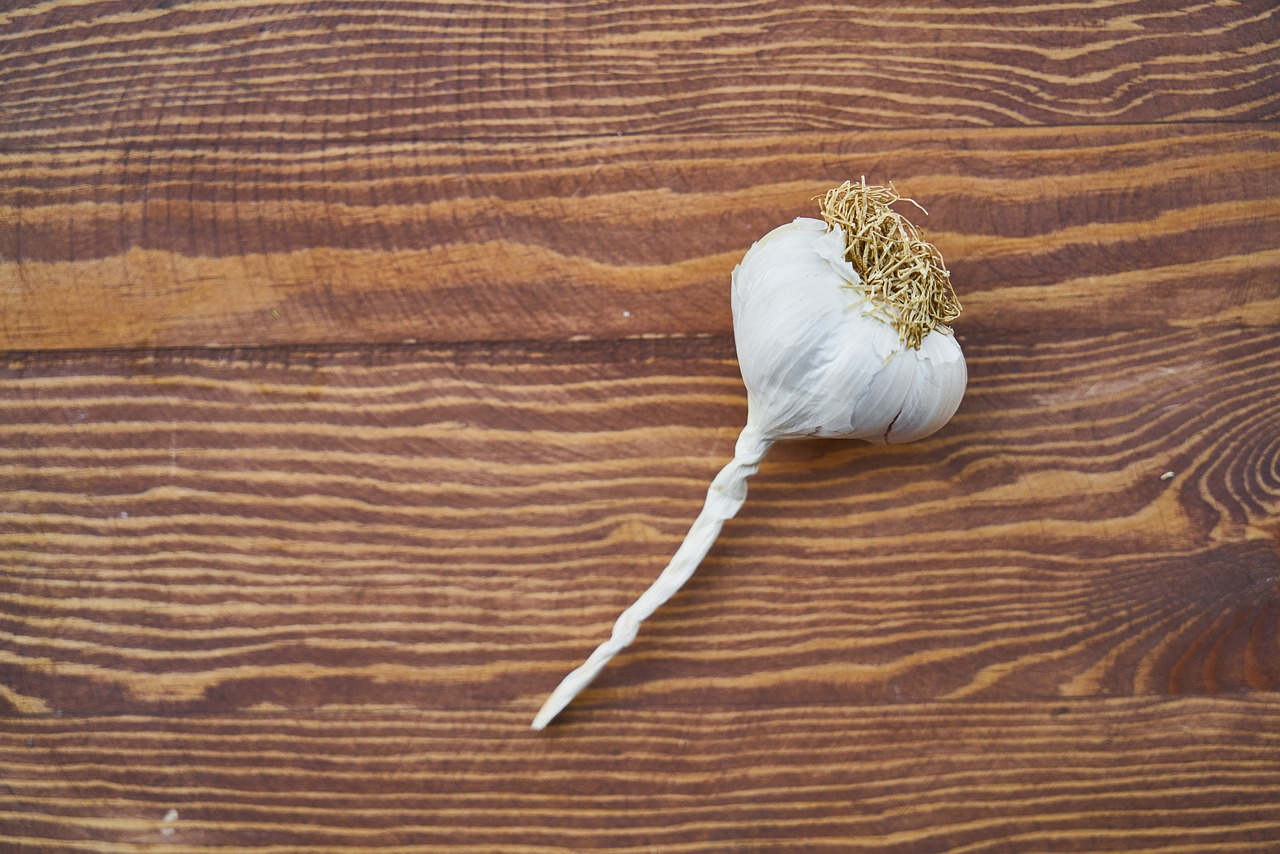
Creating a Relaxing Atmosphere
To create a truly relaxing atmosphere in your scented garden, it's essential to consider all the elements that contribute to a sense of tranquility and peace. Imagine your garden as a sanctuary where you can escape the stresses of daily life and immerse yourself in a world of soothing scents and serene surroundings. One key aspect to focus on is the seating areas within your garden. Whether it's a cozy bench nestled among fragrant blooms or a set of comfortable chairs by a calming water feature, the right seating can invite you to unwind and enjoy the beauty of your surroundings.
Water features are another fantastic way to enhance the relaxation potential of your scented garden. The gentle sound of trickling water can create a calming ambiance, masking unwanted noise and promoting a sense of serenity. Consider adding a small fountain, birdbath, or even a simple pond to bring the element of water into your outdoor space. Not only will it add a visual focal point, but it will also contribute to the overall tranquility of your garden.
Lighting plays a crucial role in setting the mood in your scented garden, especially as the sun sets. Soft, ambient lighting can transform your outdoor space into a magical retreat, perfect for unwinding after a long day. Whether you opt for string lights, lanterns, or subtle spotlights, the right lighting can create a cozy and inviting atmosphere that encourages relaxation.
By combining elements like comfortable seating, soothing water features, and atmospheric lighting, you can create a scented garden that beckons you to relax and rejuvenate. Imagine stepping into your garden at dusk, surrounded by the gentle fragrance of blooming flowers, the sound of water trickling nearby, and the soft glow of lights illuminating the path ahead. It's a sensory experience that can transport you to a state of calm and tranquility, providing a much-needed escape from the hustle and bustle of everyday life.
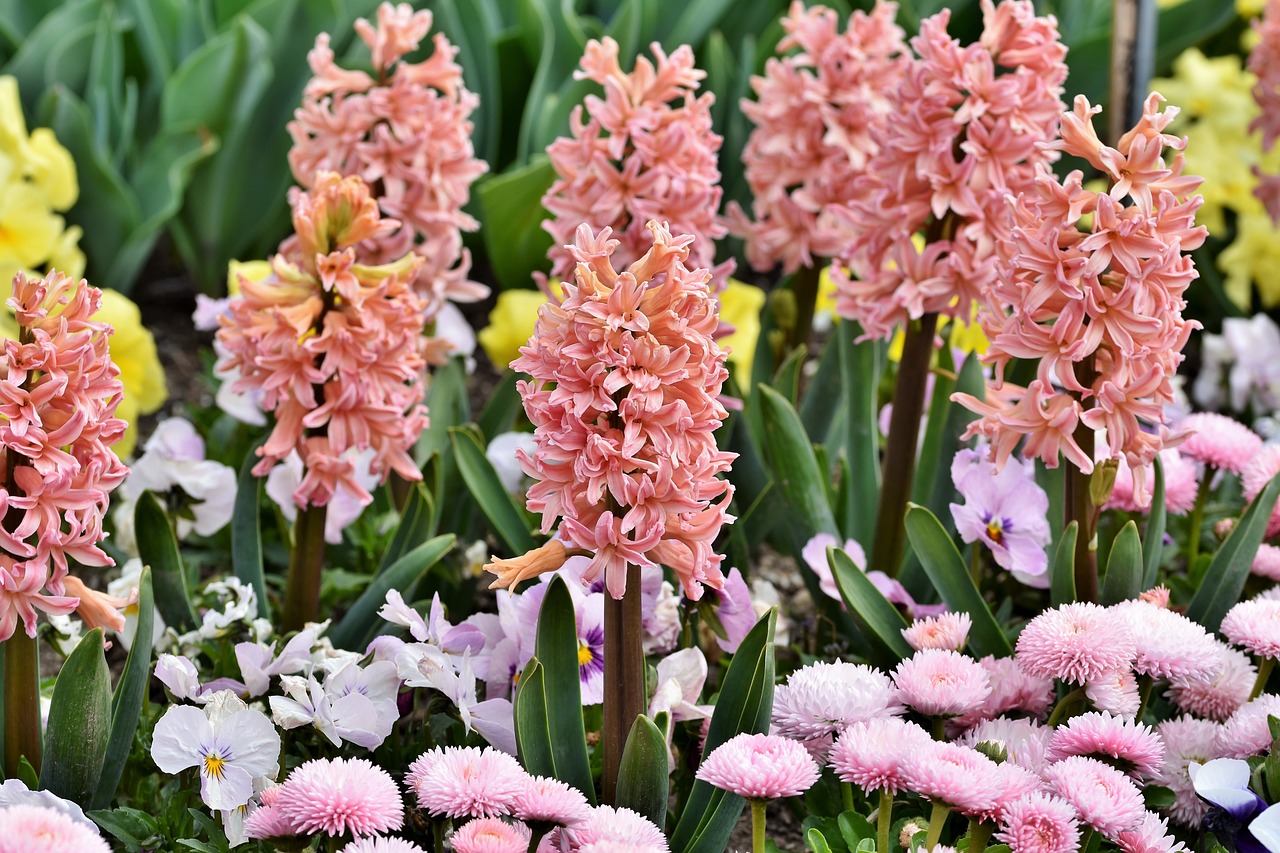
Maintaining Your Scented Garden
Maintaining your scented garden is essential to ensure it remains a fragrant and relaxing retreat for you to enjoy. Regular maintenance tasks are necessary to keep your plants healthy and thriving, allowing you to fully experience the benefits of your sensory oasis.
One crucial aspect of maintaining your scented garden is watering. Different plants have varying water requirements, so it's important to water them accordingly. Overwatering can lead to root rot, while underwatering can cause stress to the plants. Find the right balance and establish a watering schedule that suits the needs of your garden.
Pruning is another key maintenance task that helps promote healthy growth and flowering in your scented garden. Regularly prune dead or damaged branches, faded flowers, and overgrown foliage to maintain the overall appearance of your garden and encourage new growth.
Fertilizing your plants is important to provide them with essential nutrients for growth and blooming. Choose a suitable fertilizer for your specific plant types and apply it according to the instructions. Avoid over-fertilizing, as this can harm the plants rather than benefit them.
Effective pest control is crucial to protect your scented garden from harmful insects and diseases. Monitor your plants regularly for any signs of pest infestations or diseases and take prompt action to address them. Consider using natural remedies or environmentally friendly pest control methods to minimize the impact on your garden's ecosystem.
Regularly cleaning and tidying your garden space is also important for maintaining its beauty and functionality. Remove debris, fallen leaves, and weeds to prevent them from suffocating your plants and hindering their growth. Keeping your garden clean and organized will contribute to a more pleasant and relaxing atmosphere.
By staying on top of these maintenance tasks and caring for your scented garden with dedication, you can ensure that it continues to be a soothing and rejuvenating sanctuary for you to escape to whenever you need a moment of tranquility.
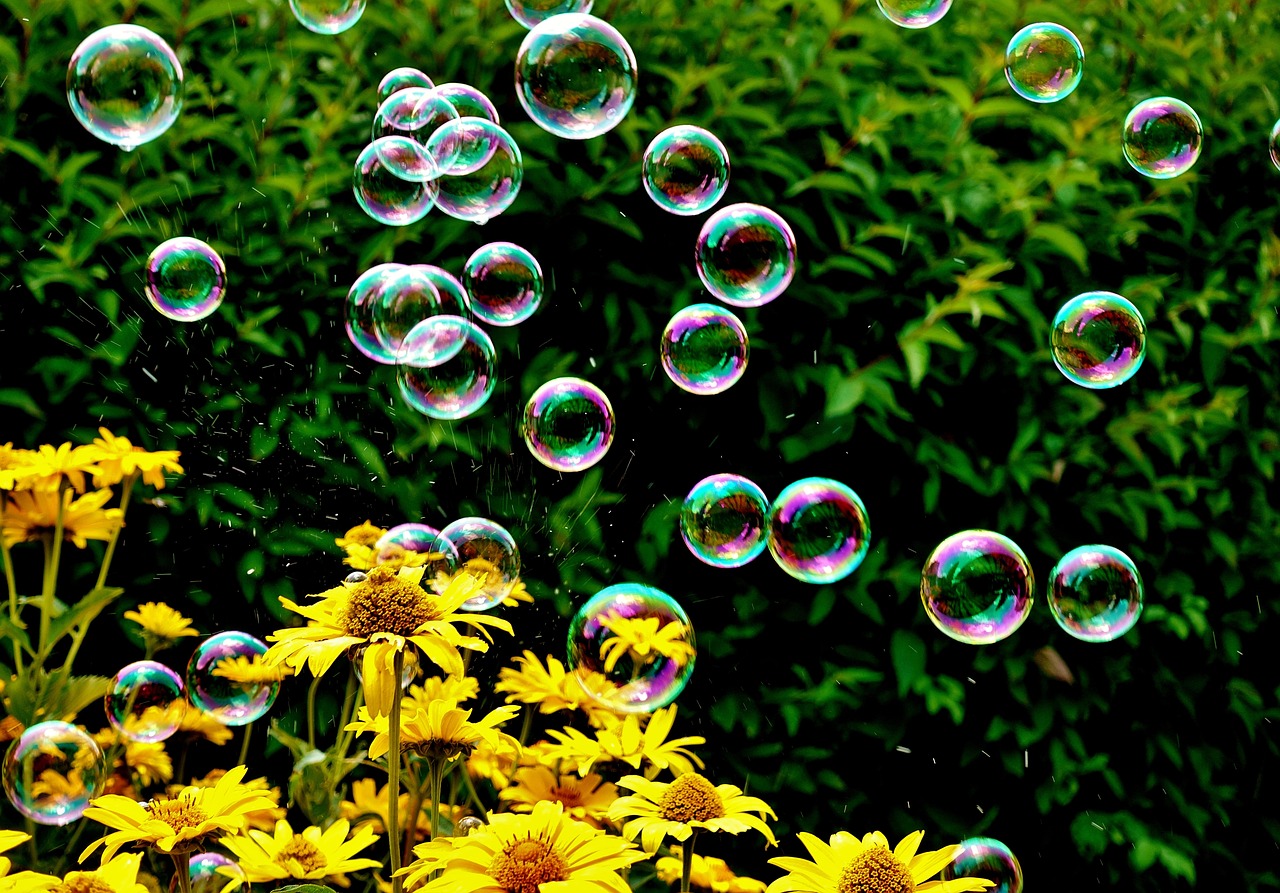
DIY Scented Garden Projects
Are you looking to add a personal touch to your scented garden? DIY scented garden projects are a fantastic way to enhance the sensory experience and create a unique oasis in your outdoor space. These projects not only allow you to customize your garden but also add a creative flair that reflects your personality.
One popular DIY project for scented gardens is creating herbal sachets. These sachets are easy to make and can be filled with a variety of fragrant herbs like lavender, mint, or rosemary. Place them strategically around your garden to release a subtle aroma that enhances relaxation and tranquility.
If you're a fan of aromatherapy, consider making your own potpourri using dried flowers and herbs from your garden. This fragrant mixture can be displayed in decorative bowls or sachets, adding a delightful scent to your outdoor space.
For those who enjoy a cozy ambiance, crafting scented candles is a great DIY project. You can use essential oils or dried flowers to infuse your candles with soothing scents like lavender or eucalyptus. These candles not only provide a pleasant aroma but also create a warm and inviting atmosphere for relaxation.
Another fun project to try is creating scented hanging baskets. Fill baskets with fragrant flowers like jasmine, honeysuckle, or sweet pea to add a burst of scent to your garden. Hang them in key areas to enjoy the delightful fragrance as you unwind in your outdoor sanctuary.
DIY scented garden projects offer a creative outlet to express your style and enhance the sensory experience of your garden. Whether you choose to make herbal sachets, potpourri, scented candles, or hanging baskets, these projects can elevate the ambiance of your scented garden and make it a truly special place for relaxation and rejuvenation.
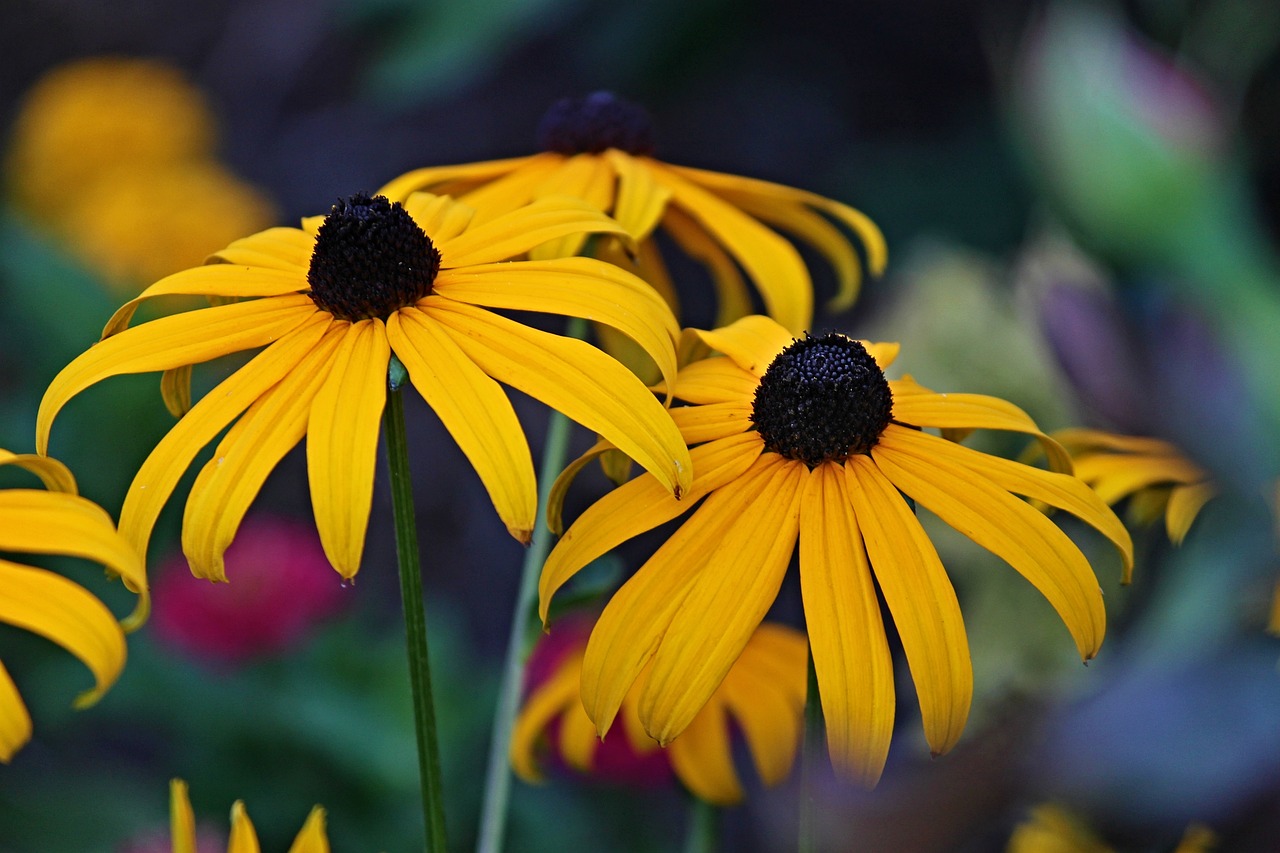
Seasonal Care and Tips
Seasonal care is crucial to maintaining the vibrancy and health of your scented garden throughout the year. Each season brings its own set of challenges and opportunities for your garden to thrive. In spring, focus on rejuvenating your garden after the winter months by pruning dead branches, dividing overcrowded plants, and preparing the soil for new growth. Consider planting early blooming flowers like lilacs and hyacinths to kickstart the sensory experience in your garden.
As summer approaches, pay attention to watering your plants regularly, especially during hot and dry periods. Mulching can help retain moisture in the soil and suppress weeds, ensuring that your scented garden remains lush and fragrant. Consider adding heat-tolerant plants like lavender and rosemary to your garden for continuous scent and color throughout the summer months.
Autumn is the time for tidying up your garden and preparing it for the colder months ahead. Remove fallen leaves, dead foliage, and spent flowers to prevent pests and diseases from taking hold. Plant autumn-blooming varieties like chrysanthemums and asters to extend the sensory experience well into the fall season.
Winter care involves protecting your garden from frost and harsh weather conditions. Consider covering delicate plants with frost cloth or moving potted plants indoors to ensure their survival. Use this time to plan and prepare for the upcoming spring season, researching new plant varieties and design ideas to further enhance your scented garden.
Frequently Asked Questions
- What are the benefits of having a scented garden?
A scented garden offers numerous benefits, including reducing stress and anxiety, improving mood, and promoting relaxation. Different scents can positively impact your mental and emotional well-being, creating a sensory oasis in your outdoor space.
- How do I choose the right plants for a scented garden?
When selecting plants for your scented garden, opt for fragrant flowers, herbs, and shrubs that complement each other. This will help create a harmonious sensory experience and enhance the overall ambiance of your garden.
- What are some tips for designing a scented garden?
For designing your scented garden, consider layout ideas, color schemes, and focal points that appeal to all your senses. Incorporate elements like seating areas, water features, and lighting to create a tranquil and inviting space for relaxation.
- How can I maintain my scented garden?
To keep your scented garden thriving, ensure you perform essential maintenance tasks such as watering, pruning, fertilizing, and pest control. By following proper care techniques, you can maintain a fragrant and relaxing retreat in your outdoor space.
- What DIY projects can I undertake to enhance my scented garden?
Explore creative DIY projects like making herbal sachets, potpourri, or scented candles to add a personal touch to your scented garden. These projects can further elevate the sensory experience and make your garden truly unique.
- What seasonal care tips should I follow for my scented garden?
For maintaining your scented garden throughout the year, adjust your care routine based on changing seasons. Learn how to adapt watering, pruning, and fertilizing schedules to ensure your fragrant oasis remains vibrant and inviting in every season.









